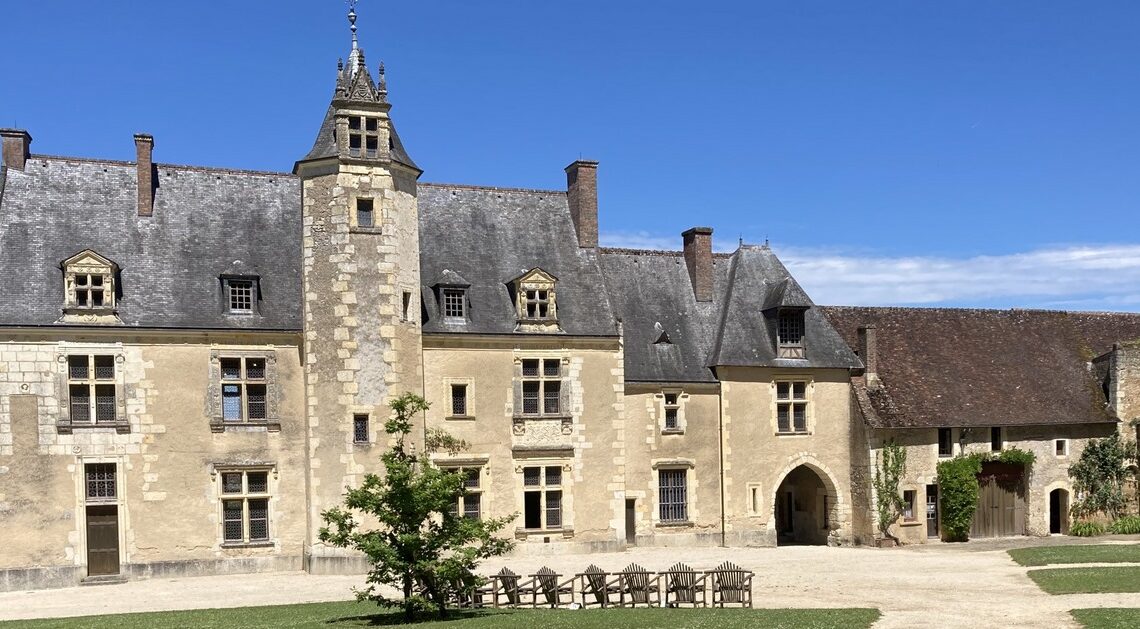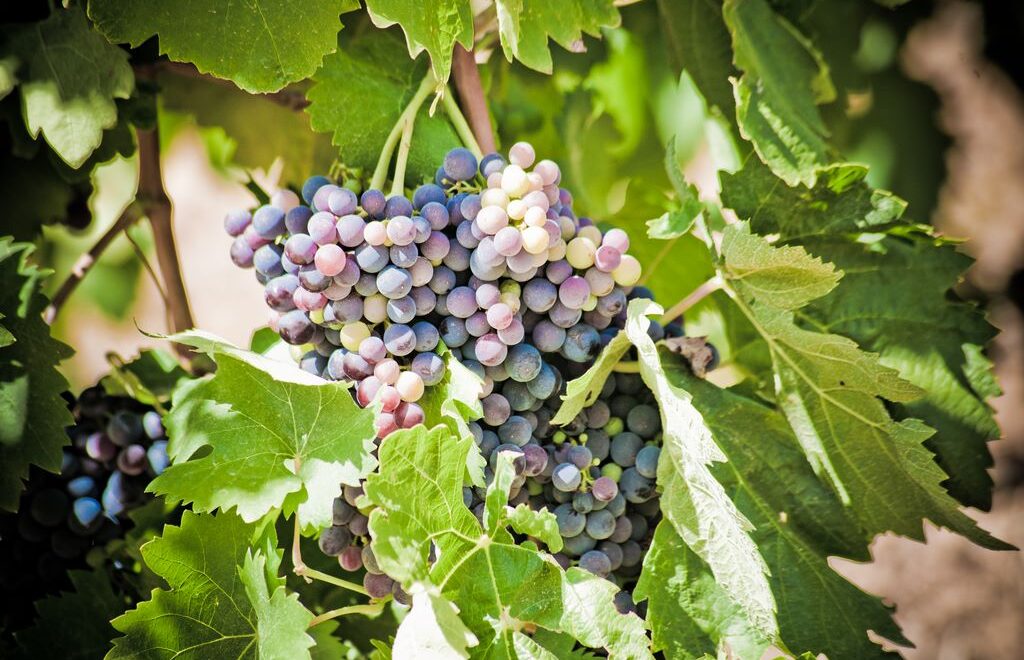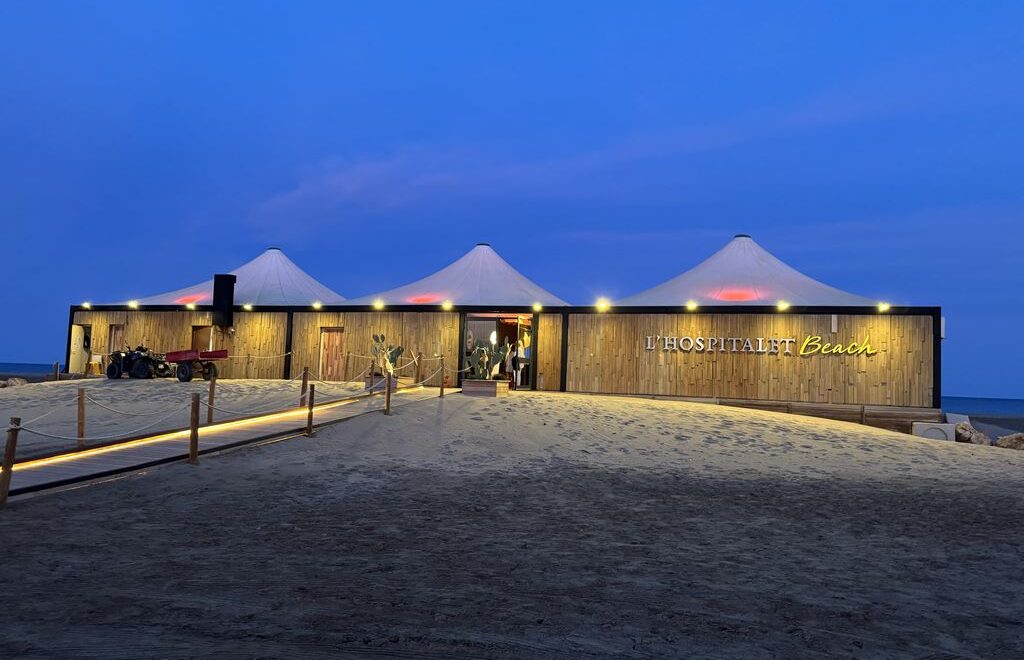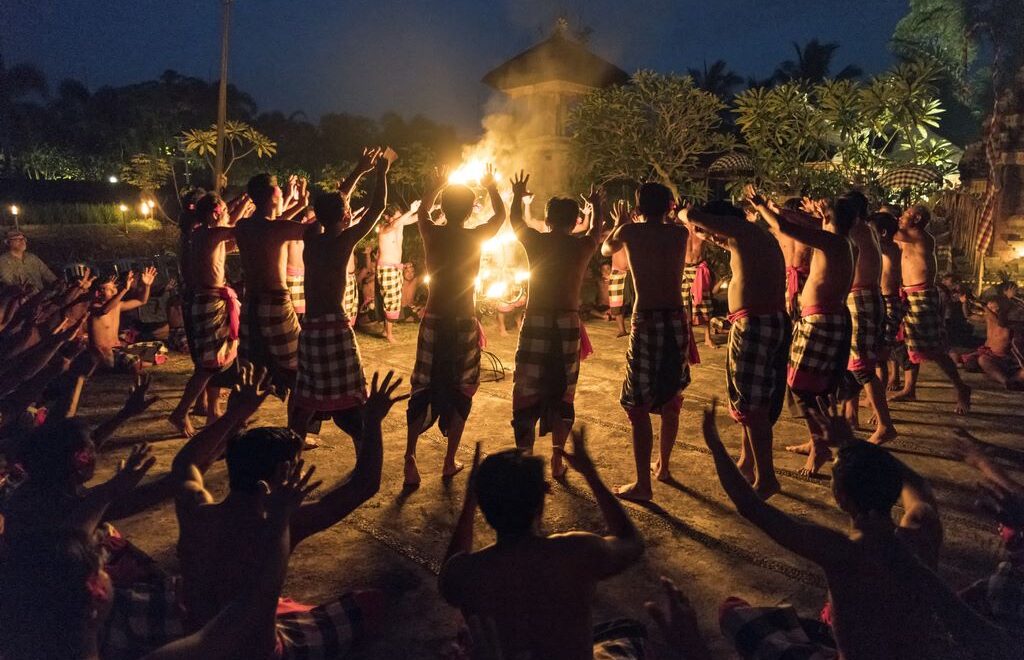
A privileged witness of the Renaissance, Pierre de Ronsard, leader of the Pléiade along with Joachim du Bellay (1522-1560), was a great poet, a good Christian and even a good religious. This year marks the 500th anniversary of his supposed birth (1524).
The Manoir de la Possonnière, Ronsard's birthplace
copyright C. Lasseur
In the Loir valley, the houses are surrounded by vegetable gardens, orchards and small woods. They have a saint's niche, a date inscribed on a lintel. Houses made of tufa stone, with equal openings and topped with dark blue slate.
Pierre de Ronsard, whom the Hellenist Jean Dorat, making an anagram of his name, called Rose de Pindarewas born in one of these houses, the Manoir de la Possonnière, at Couture-sur-Loir, in the Vendôme region, on 11 September 1524 (the date is uncertain and still disputed). The house never belonged to the poet, as it was inherited by his older brother.
"The year that King Francis was taken before Pavia
On a Saturday, God gave him life". (1)
With its white Renaissance-style facade, this is a one-storey manor house with mullioned windows decorated in the Italian style. Built by the poet's father around 1515, the residence comprises a rectangular main building and outbuildings carved into the tufa stone. The small figurines carved in the soft, porous tufa stone that decorated the dwelling have been damaged by the passage of time. An octagonal turret encloses the staircase.
The Ronsard coat of arms is carved on the pediment of an ornate dormer window that lights up the roof: azure with three silver fish. According to Valérie Martel, our guide, these are 3 "ross" (small roaches found in the Loir). A reference to the original family name, Rossart.
The interior is classical: the ground floor and first floor have spacious rooms. The most striking feature of the interior is the carved fireplace. It was later covered with a superfluous ochre whitewash.
The life of the house takes place on the other side, on the south courtyard overlooked by a wood, a remnant of the Gastine forest. The troglodytic outbuildings are adorned with Renaissance sculptures and inscriptions. The residence was extensively restored in the 19th century. It comprised several buildings grouped around an inner courtyard: the main building, a chapel and outbuildings. The chapel and the wing facing the hillside have disappeared. All that remains of the building backing onto the hillside are the cellars and part of the staircase that served the upper floors.
The gardens are in harmony with the spirit of the manor house and Ronsard's prose: rose garden, of course, apricot grove, vineyard, laurel garden, labyrinth, green room with mint collection, pergola, apple orchard and avenue of lime trees. Discovery tours of this Renaissance-inspired garden are offered throughout the season.

But Ronsard's real home is this valley of the Loir. As a child, he wandered through the surrounding meadows and gazed at the river's mirror. This is the "The "talking bank the " meschant Loir " who one day dared to overturn the poet's boat and sully with his filth the one who had "sang so much of his glory and praise"..
Le Loir tard à la fuite
En soy s'esbanoyant,
Slowly piped water,
Tes champs va tournayant...
He began his life in the marjoram meadow of Bouju, where his nurse dropped him on the way to Couture church to be baptised. A damsel "In her haste to relieve him, she poured some of this eau de senteur over his head".. An omen of the good smells with which the flowers of his poetry would perfume France! He wanted to live forever on the île verte at Couture, but it was sold by his elder brother.
Ronsard and his time
The first floor of La Possonnière is devoted to various exhibitions, including one by the painter Frédéric Lère who lives in the region. He is exhibiting six paintings, including two diptychs, on the theme of "Le siècle de Pierre de Ronsard". And he takes us to the other side of the Atlantic with "1524, route des Amériques". In the house where the poet was born, visitors are asked the question: did Ronsard know about the Americas?
Perhaps because Francis 1st (1494-1547) understood all the advantages that the kings of Spain and Portugal could gain from exploiting the still almost unknown riches of the New World. He attached the Florentine-born navigator to his service, Giovanni da Verrazzano. On 17 April 1524, he entered New York Bay, which he named "La Nouvelle Angoulême" in honour of François 1er, the first king of the Valois-Angoulême dynasty. Ronsard was born that year.
The result: a series of intriguing paintings in this town in the Loire, a UNESCO World Heritage Site.

The exhibition "Ronsard: 1524, route des Amériques", by Frédéric Lère, can be seen at the Manoir de la Possonnière, in Vallée-de-Ronsard, until 29 September.
Ronsard: courtier, cleric and poet

His father destined him at an early age for a career in dressmaking, but before becoming the great poet we know, he served at the court of François 1st, then of the Duke of Orléans and James V of Scotland. A diplomatic career interrupted by illness and a return to convalescence in the family home. A career in the robe was once again envisaged and, in March 1543, Ronsard was tonsured by the bishop of Le Mans - which enabled him to benefit from prebends that ensured him a comfortable life - but he remained in the service of Charles II of Orléans, who had recalled him. His first major work was his Odes, the first four books of which were published in 1550, followed in 1552 by the Cassandra's lovesa work that confirms the talents of the young poet. Chaplain to the king, protected by Henry II then by Charles IX which offers him the priory of Saint-Cosme In 1565, as a reward for his services, Ronsard continued his literary work while tending his garden.
1 - Extract from Poetry selection de Ronsard précédé de Sa Vie et accompagné de notes explicatives, A. Noël, Professeur au lycée impérial de Bordeaux, tome second, Paris, Librairie de Firmin Didot Frères, Fils et Compagnie, 1862.
maisonnatalepierrederonsard@catv41.fr
www.maison-ronsard.fr
Text : Michèle Lasseur








